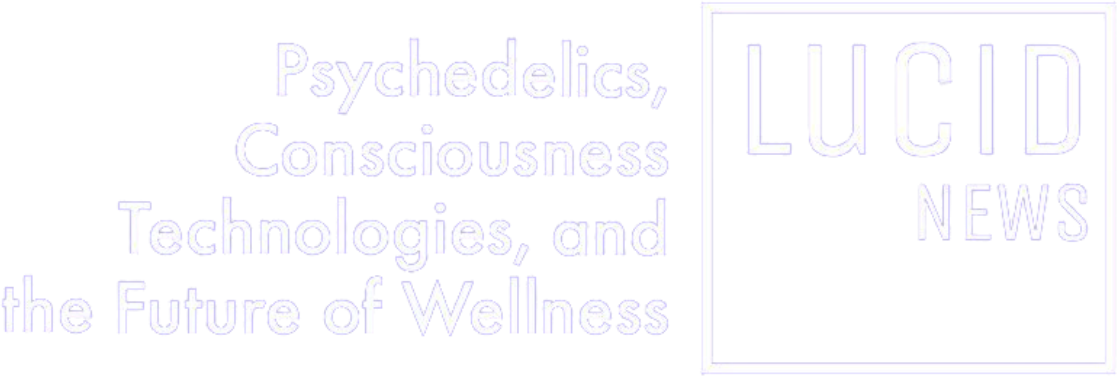Psychedelic Usage is On the Rise Among College-Age Adults

Early 2020 saw psychedelic use among college-age young adults reach its highest levels since 1982, the culmination of a five-year upward trend.
That’s one of the key findings from the most recent Monitoring the Future study, a national survey of U.S. adolescents and adults up to age 60 about their mind-altering drug use conducted annually by the University of Michigan for more than 40 years. The National Institute on Drug Abuse funds the study.
“The three major findings in 2020 were that cannabis and hallucinogen use increased, reaching record or near-record highs over the past four decades,” says University of Michigan Professor of Psychology and Primary Investigator of the study John Schulenberg. “And college drinking was at an all-time low.”
Learning how these three major findings are connected is important for researchers hoping to understand the etiology of drug use, and the long-running Monitoring the Future study is an important tool for recognizing and analyzing such trends.
The 2020 Monitoring The Future survey found 9% of responding college students reported using a psychedelic substance in the past year, the highest rate the survey has recorded since 1982. The 19-to-22-year-olds surveyed who were not in college showed similarly high rates, with nearly one out of 10 reporting using a psychedelic substance at least once in the preceding year.
“This was not surprising however, because it has been increasing in recent years, with the five-year increase being statistically significant for college students and for noncollege young adults,” Schulenberg says. “In addition, we have been seeing over the past decade a decrease in the perception that hallucinogens (and LSD specifically) are dangerous.”
In 1989, for example, a full 50% of 19 to 22-year-olds surveyed felt LSD use carried great risk of harm, while in 2020 only 28% felt LSD use carried great risks.
The study also notes respondents saw marijuana as the least risky of illicit drugs, with only 19 to 22% of young adults seeing marijuana use as particularly risky — as compared to roughly 55% in 2006 — attitudes likely correlated with the all-time high prevalence of marijuana use by college students (44%) and non-college attending young adults (43%).
Interestingly, the use of MDMA, which the survey lists as “ecstasy” and “molly,” has declined in college students and college-age adults since 2014, with 3.7% of college students and 5.5% of college-age adults reporting using the drug in the 2020 survey.
Psychedelic use on campuses also showed interesting subtrends, beginning with the slightly fewer college students using such substances compared to same-aged adults not attending college.
“Back in the mid-1980s through the mid-1990s, annual use of psychedelic substances tended to be higher among college students than among same-aged noncollege youth, and then that began to switch and in the past decade or so, since 2012,” Schulenberg says, even though psychedelic use in the two groups tends to track closely.
Additionally, psychedelic use among college men was nearly twice that of college women, a gendered pattern of use Schulenberg says has been consistent over four decades of data. “In looking across other drugs, gender differences are typically not this large or consistent over the years,” he says, noting near gender-parity in MDMA use through about 2012, after which males began using more. “The consistency and size of gender differences in annual use of psychedelic substances is fairly unique.”
To collect the data, the researchers surveyed more than 11,000 people, from adolescents in the 8th grade to adults in their 60s, asking questions about their attitudes toward and use of mind-altering substances including marijuana, LSD, and non-LSD hallucinogens, MDMA, barbiturates, heroin, and alcohol.
The data for the survey was collected between March 30 and November 30, 2020, the first eight months of the COVID-19 pandemic, but the researchers note in the study that data collection was not impacted by COVID-19, even if some trends in drug use were.
College student binge drinking — having five or more drinks in a row at least once in the past two weeks — for instance, was at the lowest in 40 years at 24% of college respondents. Binge drinking rates were steady around 32% between 2015 and 2019, however, and so Schulenberg notes this is more likely due to the pandemic than college students having epiphanies about their binge drinking due to increased psychedelic use.
“When we ask about motivations for drinking, the primary one is to have fun with one’s friends,” he says. “With social time being interrupted by the pandemic, it makes sense that drinking dropped. So binge drinking will likely come back up with the return to campus.”
It’s a more plausible explanation for the decrease in drinking than positing increased marijuana use has displaced alcohol on college campuses, Schulenberg adds, noting that college students who use drugs tend to be multi-substance users. “Over the past forty years, marijuana use and alcohol use have sometimes moved together, both increasing or decreasing over time,” he says. “Other times like in 2020, they move in opposite directions, with changes due to different reasons.”
Schulenberg and other researchers in the Monitoring the Future study try to discriminate between secular trends and cohort effects in the data.
Cohort effects are drug use trends associated with a particular generational group and their shared experiences. High school seniors in 1969 for example, if they could have been surveyed, might have responded with more favorable attitudes towards marijuana and LSD than high school seniors in 1986.
Secular trends involve broader social changes, such as the changing legal status of substances, that influence patterns of drug use across age cohorts.
The high rates of marijuana use and permissive attitudes toward it may well be part of the secular trend toward decriminalization and outright legalization in many U.S. States, along with media coverage and cultural depictions of marijuana as less harmful than in years past.
The increase in psychedelic use might also correlate with positive press coverage of the potential medicinal benefits of psychedelics, Schulenberg says, since “Societal discussions about the possible medicinal benefits of psychedelics as well as changes in the legal status of psychedelic substances in some localities fit in with how young adults — and people in general — calibrate the risks associated with use of such substances.”
But it’s too early to tell if such influence, and the rise of psychedelic use, is really part of a secular trend or more of a cohort effect, Schulenberg adds.
“Use is rising among young adults overall suggesting a secular trend, but there is more concentration of use among 19 to 24-year-olds, suggesting a possible emerging cohort effect,” he says. “We will know more as this all unfolds in the next few years.”









